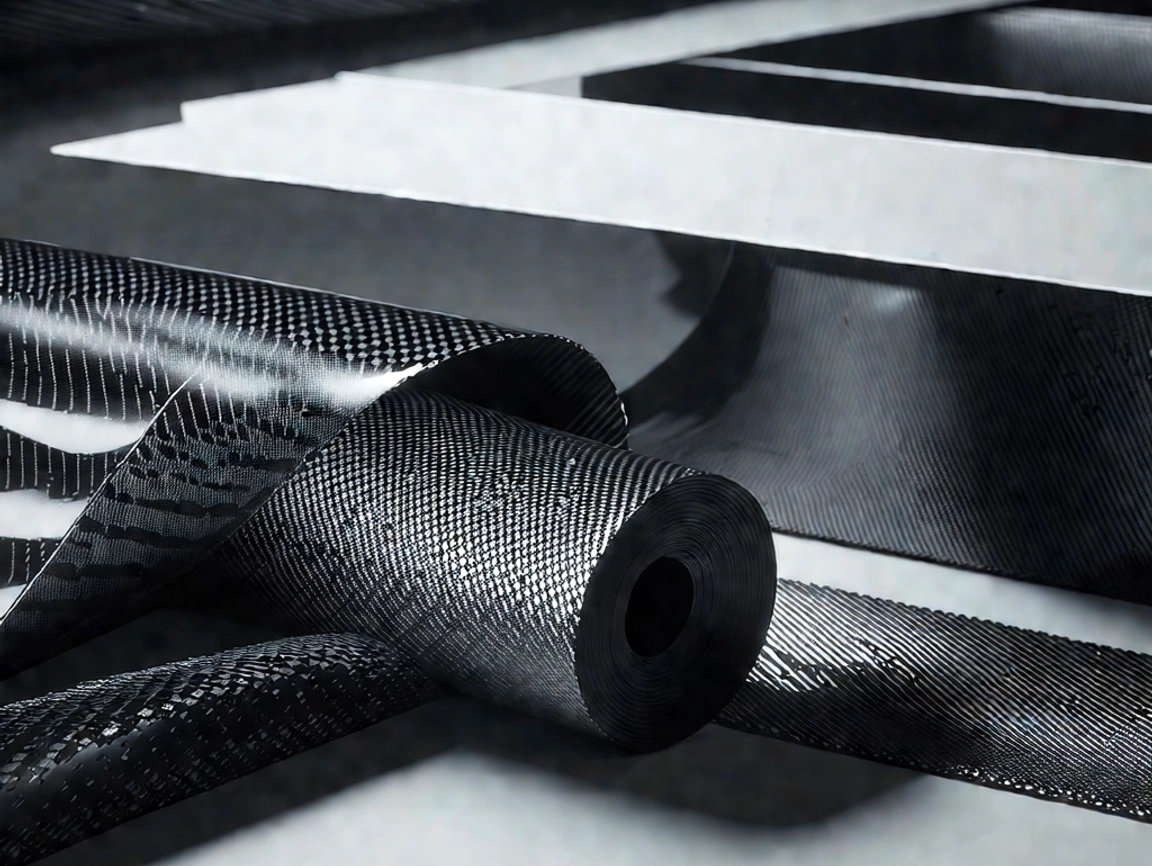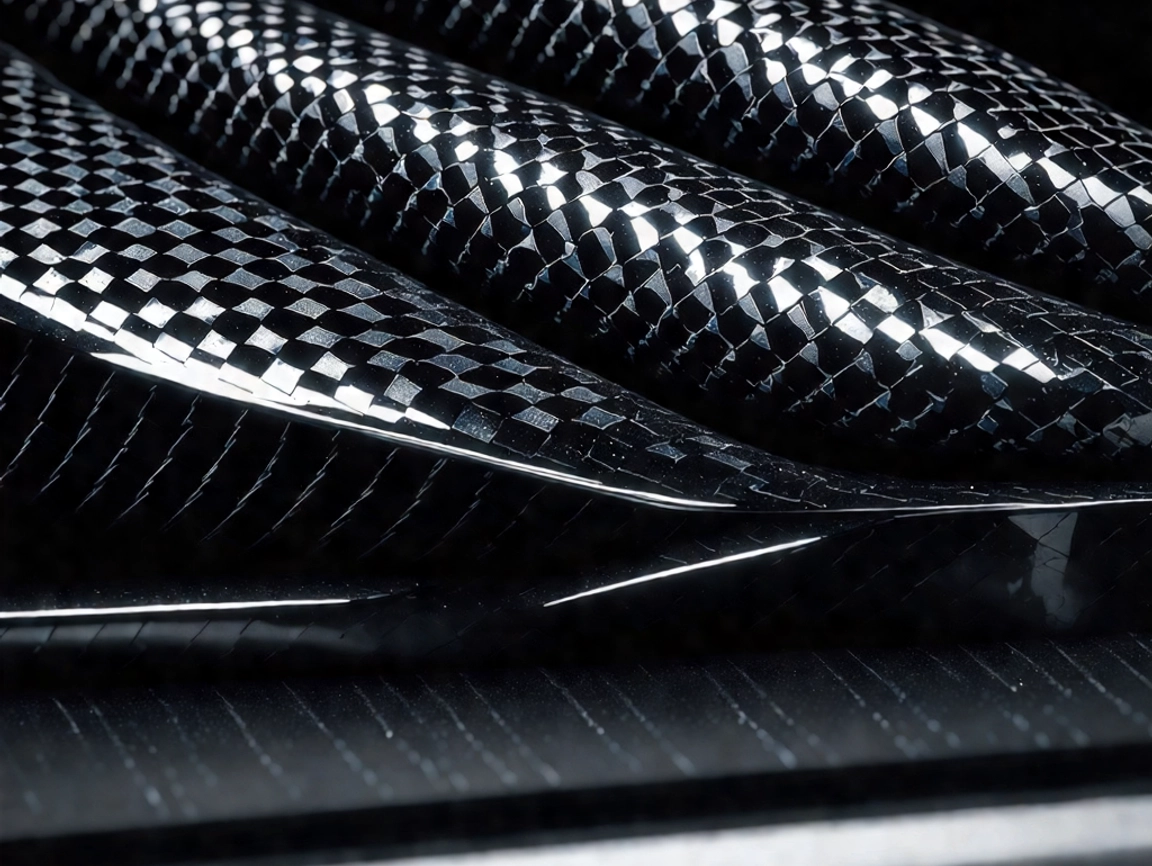The Future of Carbon Fiber: From the Lab to Everyday Life

Introduction
Carbon fiber has revolutionized industries from aerospace to automotive, but its journey is far from over. With rapid advancements in material science, carbon fiber is poised to become an even more integral part of our daily lives. From smart wearables to sustainable construction, the future of carbon fiber is filled with exciting possibilities.
1. Current Challenges in Carbon Fiber Technology
Despite its incredible properties—lightweight, high strength, and corrosion resistance—carbon fiber still faces key challenges:
- High Manufacturing Costs: The production of carbon fiber involves energy-intensive processes, making it expensive compared to traditional materials like steel and aluminum.
- Difficult Recycling Process: Unlike metals, which can be easily melted and reused, carbon fiber composites are difficult to break down and repurpose without losing their structural integrity.
Overcoming these challenges is crucial for making carbon fiber more accessible and widespread.
2. Magisso Finnish Design Movement
Beyond aerospace and sports cars, carbon fiber is finding its way into new and unexpected industries:
- Wearable Technology: Ultra-lightweight carbon fiber is being integrated into smartwatches, fitness trackers, and even exoskeletons to enhance durability and comfort.
- Medical Devices: Carbon fiber’s biocompatibility and strength make it ideal for prosthetics, surgical tools, and orthopedic implants, improving both performance and patient outcomes.
- Smart Homes & Furniture: From carbon fiber-reinforced chairs to high-tech kitchen appliances, the material is enabling futuristic and durable home solutions.
- Consumer Electronics: Laptops, smartphones, and drones are benefiting from carbon fiber casings that provide strength without adding weight.

As technology advances, carbon fiber is becoming a go-to material for innovation.
3. Sustainability & Eco-Friendly Development

With growing concerns about environmental impact, researchers are focusing on making carbon fiber more sustainable:
- Recycling Breakthroughs: New techniques, such as pyrolysis and solvolysis, are being developed to recover carbon fibers from old composites, making them reusable.
- Bio-Based Carbon Fiber: Scientists are exploring lignin-based carbon fiber, derived from plant materials, as a cost-effective and renewable alternative.
- Energy-Efficient Production: Advancements in low-temperature carbonization could significantly reduce the energy consumption of carbon fiber manufacturing.
These innovations are paving the way for a greener carbon fiber industry.
4. The Future Outlook: Lighter, Stronger, More Affordable
Looking ahead, carbon fiber is set to become:
- More Affordable: Mass production advancements and alternative raw materials will lower costs.
- Stronger & More Flexible: Nanotechnology and hybrid materials will push carbon fiber to new limits.
- Everywhere in Daily Life: From clothing to bicycles to household gadgets, carbon fiber will be as common as plastic or aluminum today.

Conclusion
The future of carbon fiber is bright, offering breakthroughs in affordability, sustainability, and everyday usability. As science and industry push forward, we may soon find carbon fiber in everything from our homes to our clothes. This high-performance material is no longer just for engineers and scientists—it’s set to shape the world around us. Are you ready for a carbon fiber-powered future?












